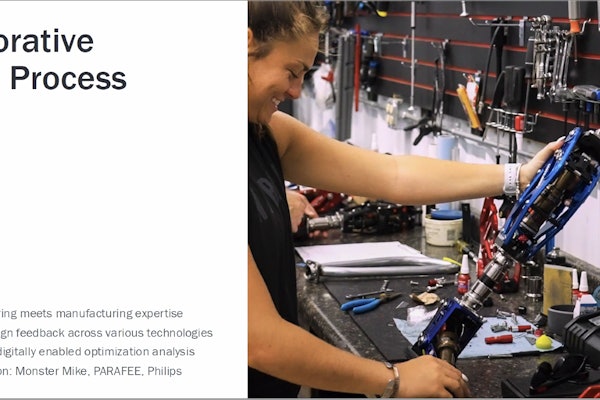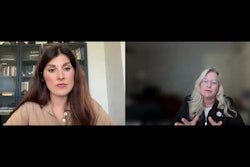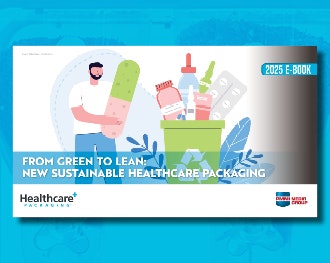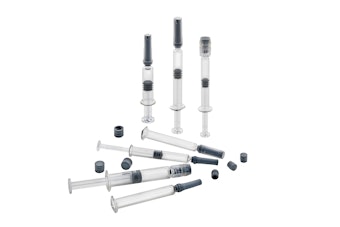• The Food and Drug Administration (FDA) is questioning "the last-mile" distribution of pharmaceuticals; the trip leg before the packaged product is in the consumer's hands. It won't be long before they look into medical devices, probably starting with combination products.
• If sales people distribute your product, they need to learn to use something besides the trunk of their car to store devices. Temperatures get very high in cars left in the summer sun or very low when left out in the winter in Wisconsin or similar places. Unless your products are tested to the car temperature extremes, do not use cars for storage.
• Use a philosophy that when your company makes a product, it should be able to be pulled off a shelf, or anywhere in the world, and used safely by you or a loved one.
• Go and visit a shipping organization such as the local Fed Ex and see what the load with your product looks like before it is shipped.
• Get involved in standards organizations. This experience may help you, your company, and the entire industry; it may also help to educate and influence the FDA.
• When it comes to industry standards, read literature, ask your carrier for recommendations, use available test standards, and ask others in the industry. ASTM D10 and ISTA are two main distribution testing standard sources.
• Packaging is normally an afterthought and routinely underleveraged as an opportunity.
• Package engineering is often confused with design or graphics.
• Packaging and labeling are approximately 30% of the Quality System Regulations (QS Regulations) and mentioned in ISO standards for various medical device types.
• The industry must consider packaging as part of the design process for a device as the FDA and ISO regulations say is necessary.
Typical development paradox
Attendees of the "Medical Device Distribution Package Testing" conference at MD&M West seemed to appreciate Jan Gates' description of what medical device management wants from new packages. Those attributes include the following:
• a package should be innovative, but not too different
• package should be available tomorrow, though yesterday would have been better
• meets and uses the branding design
• provides "infinite" shelf life
• runs efficiently on the current manufacturing lines as the existing package without modifications
• requires no changes to the distribution system
• is easy for anyone to use with or without training and/or instructions
• requires no capital investment
• leverages the current supplier base
• meets all applicable FDA, ISO, Pacific Rim, or other country requirements—current and future
• AND COSTS LESS THAN THE CURRENT PACKAGE
--By Jim Butschli, Editor
• If sales people distribute your product, they need to learn to use something besides the trunk of their car to store devices. Temperatures get very high in cars left in the summer sun or very low when left out in the winter in Wisconsin or similar places. Unless your products are tested to the car temperature extremes, do not use cars for storage.
• Use a philosophy that when your company makes a product, it should be able to be pulled off a shelf, or anywhere in the world, and used safely by you or a loved one.
• Go and visit a shipping organization such as the local Fed Ex and see what the load with your product looks like before it is shipped.
• Get involved in standards organizations. This experience may help you, your company, and the entire industry; it may also help to educate and influence the FDA.
• When it comes to industry standards, read literature, ask your carrier for recommendations, use available test standards, and ask others in the industry. ASTM D10 and ISTA are two main distribution testing standard sources.
• Packaging is normally an afterthought and routinely underleveraged as an opportunity.
• Package engineering is often confused with design or graphics.
• Packaging and labeling are approximately 30% of the Quality System Regulations (QS Regulations) and mentioned in ISO standards for various medical device types.
• The industry must consider packaging as part of the design process for a device as the FDA and ISO regulations say is necessary.
Typical development paradox
Attendees of the "Medical Device Distribution Package Testing" conference at MD&M West seemed to appreciate Jan Gates' description of what medical device management wants from new packages. Those attributes include the following:
• a package should be innovative, but not too different
• package should be available tomorrow, though yesterday would have been better
• meets and uses the branding design
• provides "infinite" shelf life
• runs efficiently on the current manufacturing lines as the existing package without modifications
• requires no changes to the distribution system
• is easy for anyone to use with or without training and/or instructions
• requires no capital investment
• leverages the current supplier base
• meets all applicable FDA, ISO, Pacific Rim, or other country requirements—current and future
• AND COSTS LESS THAN THE CURRENT PACKAGE
--By Jim Butschli, Editor


















